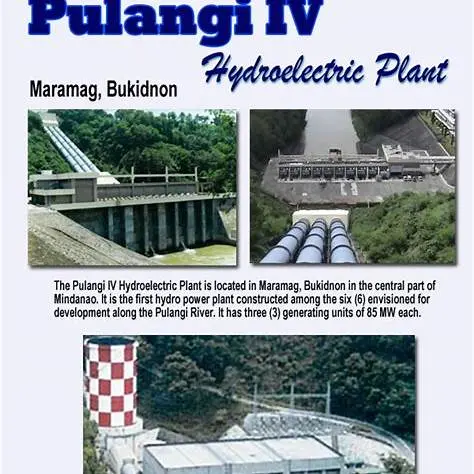1. The Mindanao Power Context
Mindanao’s power mix remains heavily dependent on hydropower and a handful of fossil-fuel plants. Historically, low water levels in the Agus-Pulangi hydropower complex—which supplies roughly half of the island’s electricity—have triggered capacity drops and forced rotating blackouts when lake levels breach critical thresholds Davao Today. Moreover, an aging fleet of diesel and coal-fired plants faces derating and unplanned outages, creating a persistent supply–demand gap Department of Energy.

2. Core Causes of Frequent Backouts
-
Hydropower Constraints
- Seasonal droughts and sedimentation in Lake Lanao, Agus, and Pulangi dams reduce generation output, sometimes to below 50 MW instead of their combined 1,000 MW capacity Davao Today.
-
Supply–Demand Deficit
- A shortage of new power projects over the past decade has yielded a deficit of 200–400 MW, translating into 4-hour average rotating brownouts and unplanned blackouts for businesses and households Department of Energy.
-
Grid Vulnerabilities & Security Incidents
- Transmission assets are exposed to lawlessness and extreme weather. For example, the bombing of a high-voltage tower in Lanao del Norte alone caused widespread outages across multiple provinces .
-
Maintenance & Regulatory Delays
- Lengthy permitting, multi-agency reviews, and deferred maintenance on both generation and transmission assets leave the grid fragile under peak loads.

3. Real-World Impacts
-
Daily Life Disruptions
In parts of Misamis Oriental and neighboring provinces, residents endure up to two planned or unplanned outages per day, lasting 2–10 hours in remote areas Mindanao Gold Star Daily. -
Educational Interruptions
Students studying by candlelight or with portable generators illustrate the human cost of grid instability . -
Economic & Commercial Losses
Small businesses, factories, and BPO centers face lost production and data-center downtime, translating into millions in lost revenue annually. -
Environmental & Health Costs
Diesel generators as fallback emit disproportionately high CO₂ and particulate matter, undermining air quality and public health.
4. Strategic Solutions & Opportunities
-
Grid Diversification
- Solar + Storage: Deploying utility-scale solar farms paired with battery ESS can smooth supply and reduce dependence on hydropower during dry seasons.
- Feed-in from Other Grids: Accelerating the Leyte–Mindanao HVDC interconnection enhances access to Visayas’ and Luzon’s surplus during critical periods.
-
Hydro Rehabilitation & Desilting
- Targeted dredging of Pulangi IV and Agus reservoirs can restore up to 30 % of lost capacity, cutting brownout hours significantly .
-
Demand-Side Management
- Programs like Interruptible Load and time-of-use tariffs encourage large consumers to shift or reduce demand during peak periods, stabilizing the grid.
-
Strengthening Resilience
- Hardening Transmission: Reinforcing towers and relocating lines away from conflict-prone areas reduces outage risk from sabotage.
- Decentralized Microgrids: Community-level microgrids provide local reliability, especially for critical facilities like hospitals and schools.
-
Regulatory & Investment Streamlining
- Simplifying permitting and offering tax incentives for renewables can slash project lead times from 4 years to under 2 years, injecting fresh capacity into the system.

